
How to Get Rid of Muscle Soreness: Effective Home Remedies That Really Work
How to Get Rid of Muscle Soreness: Effective Home Remedies That Really Work
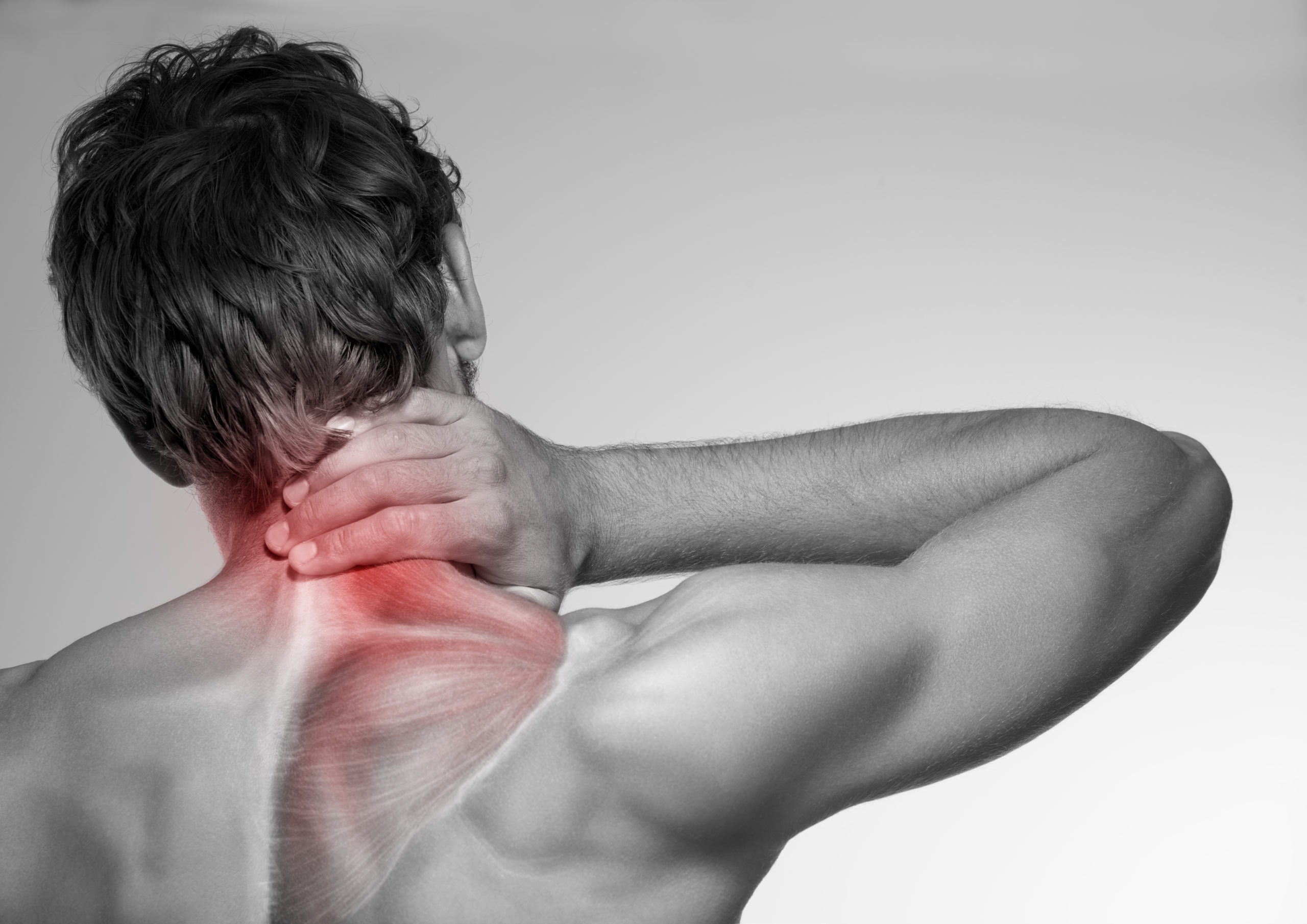
Knowing how to get rid of muscle soreness can significantly improve your daily quality of life. Most of us will experience sore muscles at some point. Whether it's a stiff lower back from sitting at a desk all day, or aching arms, chest, and legs after an intense workout, muscle soreness is a common complaint. Sometimes, injuries, overuse, strains, sprains, or pulling a muscle can all trigger muscle soreness, occasionally making your entire body feel achy.
The good news is there are many easy and practical ways to naturally relieve muscle soreness without relying on painkillers. Often, applying heat therapy can boost circulation to the affected area, reducing discomfort. You can also massage the sore muscle with essential oils or consume ginger for its anti-inflammatory properties. Moreover, you can often prevent post-workout muscle soreness by ensuring a proper warm-up and incorporating active recovery techniques.
This article will equip you with a variety of effective strategies to alleviate muscle soreness. These muscle pain relief treatments can be incredibly beneficial for chronic conditions like fibromyalgia, myofascial pain, or persistent lower back pain. You can also use these natural remedies to treat acute muscle injuries and general muscle aches.
Understanding Muscle Soreness
Muscle soreness describes the uncomfortable, painful sensation you feel when muscles are tense, stressed, overstretched, or injured. Dr. Melissa Conrad Stöppler on MedicineNet explains that myalgia, the medical term for sore muscles, can also stem from various inflammatory conditions, as well as very common overuse injuries.
Sore muscles can affect any part of the body, but Dr. Stöppler notes that soreness caused by injury is usually localized. For instance, if you've lifted something incorrectly or maintained poor posture, you might experience muscle soreness specifically in your lower back. Similarly, intense running can lead to a pulled calf or thigh muscle. Some individuals, however, suffer from chronic muscle soreness due to conditions like fibromyalgia, which can cause widespread muscle pain ranging from mild discomfort to debilitating agony.
Because severe muscle soreness can significantly hinder daily activities, it's crucial to know how to soothe sore muscles quickly. Prompt treatment not only provides relief but also supports faster muscle tissue healing and prevents further injury.
Symptoms and Causes of Muscle Soreness
According to doctors from the Mayo Clinic, most people seek remedies for muscle soreness due to tension, stress, minor injuries, or overuse. Depending on the extent of muscle tissue damage, symptoms can range from a mild twinge in the affected muscle to pain so severe that movement becomes agonizing.
Chronic conditions like back pain and fibromyalgia can cause relentless and ongoing muscle soreness. Dr. Melinda Ratini on WebMD describes chronic muscle pain as a dull ache in one or more muscle groups, a throbbing pain that comes and goes, or intense, difficult-to-bear shooting pains. Persistent pain can also impact mental health, potentially leading to feelings of depression, frustration, and anger.
Another common type of muscle pain, particularly after physical activity, is Delayed Onset Muscle Soreness (DOMS). Doctors from the National Health Service explain that DOMS typically appears 2 or 3 days after intense physical training. It can manifest as muscle aches, stiffness, tenderness of the skin over certain muscles, and a temporary decrease in strength.
Other less common but important reasons for muscle aches and throbbing sensations include:
- The flu or other viral infections
- Poor blood circulation
- Mineral deficiencies (e.g., magnesium, potassium)
- Dehydration
- Rheumatoid arthritis
- Lyme disease
- Polymyalgia rheumatica (an inflammatory disorder causing muscle pain and stiffness, especially in the shoulders, neck, upper arms, buttocks, hips, or thighs).
How to Get Rid of Muscle Soreness Fast: Home Remedies That Deliver
If you're grappling with muscle soreness, what can you do to quickly alleviate the pain, aches, and tenderness? While it might not be possible to completely eliminate soreness in a single day, many natural treatments are highly effective for providing rapid relief.
Here are some of the best natural remedies you can use at home for fast pain relief from muscle soreness:
1. Cold Treatment (Initial Injury)
If you've sustained an injury that results in sore muscles (like a strain or sprain), applying an ice pack within the first 24-48 hours after the trauma is highly beneficial. Ice helps to prevent internal bleeding in the soft muscle tissues, which can lead to swelling and bruising. A cold pack applied to injured muscles will also help reduce immediate soreness and speed up the initial healing process.
Dr. Jan Sambrook on Patient.info advises that ice is an effective treatment method for decreasing muscle soreness specifically in the first 2 days post-injury. Ice works by constricting blood vessels, preventing fluid accumulation at the trauma site, reducing inflammation, and ultimately shortening the duration of muscle soreness.
How to Use:
- Place crushed ice in a sealable plastic bag and wrap it in a thin towel (alternatively, a frozen bag of peas works well).
- Apply the wrapped ice pack directly to your sore muscles (calves, thighs, arms, shoulder muscles, etc.) for 15 minutes.
- Repeat this application 4 to 8 times a day to help the muscle soreness subside.
- Continue icing the affected area for the first 2 days after your injury to facilitate quicker healing.
- Transition to heat treatment after 48 hours if soreness persists, to support ongoing muscle rehabilitation.
2. Heat Treatment (After Initial Injury or Chronic Pain)
Heat treatment is a very effective method for muscle pain relief, particularly for soreness caused by chronic pain conditions like back pain, or to aid the healing of acute muscle injuries after the initial cold application phase. Heat packs or hot water bottles are excellent for relieving sore thigh muscles, neck pain, and shoulder blade pain.
Dr. Jan Sambrook notes that heat is a safe home remedy for most muscle aches and pains. A heat pack stimulates blood circulation to the affected area, which helps relax tight muscles, relieve cramps and spasms, and promote tissue healing. Natural heat remedies are ideal for treating muscle injuries due to over-exertion, managing chronic pain conditions, and soothing abdominal cramping.
How to Use (DIY Heat Pack):
- Fill a clean sock with uncooked rice, leaving enough room at the top to tie it shut securely.
- Place the rice-filled sock in a microwave and heat for 1-2 minutes. Always check the temperature to ensure it's comfortably warm, not too hot, to prevent burns.
- Carefully remove the natural heat pack and apply it directly to your sore muscles to help relieve the pain.
- Hold the heat pack on the sore muscle for 20 minutes, repeating 3 times a day to help alleviate muscle pain and promote tissue healing.
- If the heat pack cools, simply place it back in the microwave for another minute and reapply.
3. Alternate Cold & Hot Treatment Method (Contrast Therapy)
A combination of cold and hot treatment, often called contrast therapy, can be highly effective for relieving leg soreness, muscle cramps in other body parts, and hand muscle soreness. Contrast water therapy involves immersing the affected area alternately in hot and cold water. This technique is particularly useful for soothing sore leg muscles after running or intense workouts, as it helps stimulate blood flow to the limbs and accelerates recovery.
According to the North American Journal of Medical Sciences, contrast baths can significantly help relieve muscle soreness after exercise. Researchers found that alternating between 1 minute in hot water at 100°F (38°C) and 1 minute in cold water at 60°F (15°C) for a total of 6 minutes had a marked effect on the intensity of muscle pain.
How to Use (Contrast Bath for Limbs):
- Fill one large basin or bucket with hot water (around 100°F / 38°C) and another with cold water (around 60°F / 15°C).
- Submerge the affected limb (leg or hand) in the cold-water bath for 2 minutes.
- Immediately move the limb to the warm-water bath and soak for 30 seconds.
- Alternate between the hot and cold baths for a total of 15 minutes, always finishing with the cold-water immersion.
- Repeat 2-3 times a day until your muscle injury has healed, and you no longer experience pain.
4. Eat Well (Balanced Diet)
To aid recovery and prevent muscle soreness, it's crucial to maintain a well-balanced diet that provides your muscle tissue with ample nutrients. Protein is the fundamental building block of muscles, and your body needs sufficient amounts to recover effectively after exercise and repair any micro-tears.
The Journal of Emergencies, Trauma, and Shock emphasized that physical training and exercise induce stress on the body. Among the natural post-exercise recovery methods, researchers underscored that a proper, balanced diet is absolutely essential for muscle repair and reducing soreness.
5. Replace Fluids (Stay Hydrated)
Adequate fluid intake is a critical component of a balanced diet and is vital for preventing the symptoms of dehydration, which can directly contribute to muscle soreness. If you have low fluid intake, toxins can accumulate in muscle tissue, leading to cramping and soreness. This is especially true if you exercise regularly, as proper hydration helps relieve sore muscles after strenuous physical workouts.
For example, a report in the Journal of Athletic Training stated that delayed onset muscle soreness (DOMS) can be prevented by replacing fluids and electrolytes lost through sweating. The study found that dehydration negatively affects muscle strength, restricts blood flow to muscles, and significantly increases muscle soreness.
One excellent way to help restore electrolyte balance after exercise is to drink alkaline water, which can help maintain electrolyte levels in your system and prevent post-workout muscle soreness. Coconut water is another delicious natural source of electrolytes that can help prevent stiffness, soreness, and muscle pain.
6. Warm Up Before Exercising
One of the most effective preventative measures against post-workout soreness is to warm up properly before exercising. A thorough warm-up prepares your muscles for physical activity by increasing blood flow and loosening your joints, which can prevent muscle stiffness and soreness from developing in the hours following your workout.
The Australian Journal of Physiotherapy confirmed that warm-up exercises performed before a workout help reduce muscle soreness afterward. It was found that warming up just before engaging in strenuous activity significantly helps reduce DOMS in active individuals.
While there are mixed reports on the benefits of cooling down, the Journal of Emergencies, Trauma, and Shock reported that post-exercise techniques to prevent muscle soreness should include gentle stretching to aid faster muscle recovery.
7. Active Recovery
Active recovery involves engaging in a lighter workout compared to your normal routine and is frequently used to speed up recovery after intense exercise. Most doctors and physiotherapists agree that active recovery post-exercise is a highly effective method for avoiding soreness. It helps reduce muscle soreness by accelerating muscle recovery, often proving more beneficial than passive rest for boosting your overall workout program.
The Journal of Strength and Conditioning Research found that active recovery exercises were as effective as massage in relieving post-workout muscle soreness. The researchers concluded that active recovery can provide immediate relief from sore muscles and ease general aches and pains after exercise.
The best type of active recovery depends on your specific exercise regime. Consulting a trained professional can help you determine the most suitable active recovery methods for your needs.
8. R.I.C.E. for Muscle Injuries
In addition to using ice for strained or injured muscles, employing other recovery methods ensures full healing and prevents further injury. The R.I.C.E. method is a widely recommended approach for muscle soreness related to acute injuries.
According to Dr. William Blahd on WebMD, R.I.C.E. (Rest, Ice, Compression, and Elevation) is most helpful when applied as soon as possible after a muscle strain or injury to relieve soreness and provide pain relief.
How to Use the R.I.C.E. Method:
- Rest: Immediately rest the injured area and take a break from any activity that causes or exacerbates muscle soreness.
- Ice: Apply an ice pack (as described above) to the affected muscle for 10-15 minutes, 3 times a day, for the first 48 hours. After 48 hours, switch to heat if needed.
- Compression: If feasible, gently wrap a compression bandage around the injured muscle or joint to help prevent swelling. Use for up to 72 hours.
- Elevation: Keep the injured area elevated above your heart while applying ice to further reduce pain and swelling.
9. Relaxing Bath / Epsom Salt Bath
Soaking in a warm bath can be incredibly soothing for aching muscles, especially if your whole body feels sore. This is particularly beneficial for individuals with fibromyalgia, other types of chronic pain, or delayed onset muscle soreness (DOMS) after exercising. The heat from the warm bath water helps improve blood circulation and relaxes your muscles, providing natural relief from soreness.
The North American Journal of Medical Sciences reported that warm baths support sore muscles and relieve tension in joints. It was also found that immersing oneself in a warm bath before strenuous exercise helped reduce the risk of muscle damage and subsequent soreness.
Adding Epsom salts to your bath water can amplify these benefits. According to Dr. Carol DerSarkissian on WebMD, Epsom salt baths are an excellent way to recover from a pulled muscle or strained leg muscle. They are also beneficial for widespread body muscle soreness associated with fibromyalgia, arthritis pain, and post-workout aches.
How to Make an Epsom Salt Bath:
- Fill your bathtub with very warm water and dissolve 1 to 2 cups of Epsom salts.
- Relax in the bath for 20 minutes, then rinse yourself off with warm water.
- For an added boost, you can include a few drops of essential oils known for their analgesic and relaxing properties, such as lavender, peppermint, or chamomile.
10. Ice Bath (After Strenuous Exercise)
For the brave, an ice bath can be a powerful solution for muscle soreness after particularly strenuous exercise. While the exact mechanisms aren't fully understood, many athletes report significantly less muscle pain after taking cold baths.
Dr. Louise Chang on WebMD reviewed studies on ice bath therapy for muscle soreness. Participants typically sat in waist-deep water between 50°F (10°C) and 59°F (15°C) for 5 to 24 minutes. The findings indicated that ice baths were as effective as other pain-relieving methods for reducing muscle soreness. However, individuals with cardiovascular problems or high blood pressure should avoid ice baths for muscle recovery.
Interestingly, the North American Journal of Medical Sciences noted that regular winter swimming can help reduce muscle soreness in people with chronic muscle pain conditions like rheumatism and fibromyalgia.
11. Consume Ginger
While ginger may not eliminate muscle soreness in a single day, consistently incorporating more ginger into your diet can lead to fewer episodes of muscle pain over time. Ginger possesses strong anti-inflammatory properties that can effectively relieve muscle pain stemming from both chronic conditions and post-workout soreness.
The Journal of Pain highlighted ginger's pain-relieving properties, with studies showing that ginger supplements may help reduce exercise-induced muscle soreness. Ginger exerts an anti-inflammatory effect on muscle tissue, helping to decrease the intensity of pain caused by muscle injury.
To benefit from ginger's medicinal properties for pain relief, you can use fresh, dried, or cooked ginger. While fresh ginger is often lauded, cooked and dried ginger also retain powerful health benefits.
12. Massage
Massage is a time-tested method for relieving back pain and muscle tension naturally. Massaging sore muscles helps to work out knots, release tension, and promote healing in damaged muscle tissue. Massage also has the added benefit of relaxing your mind, which in turn helps to alleviate muscle tension and soreness.
The Journal of Athletic Training reported that massage can help prevent muscle soreness after working out. Researchers found that athletes who received massages after training were less likely to experience DOMS and aching muscles. They concluded that massage effectively helped reduce swelling and muscle pain.
While a trained sports massage therapist can provide targeted pain relief, there are many self-massage techniques you can try at home to relieve back pain and other types of muscle pain.
13. Essential Oils (Topical Application)
Many essential oils are renowned for their ability to relieve muscle pain and reduce soreness, working by penetrating deep into muscle tissue to loosen strained and tight muscles. Here are three top essential oils for muscle soreness:
- Peppermint Oil: The Indian Journal of Anaesthesia reported that peppermint oil is effective in alleviating chronic muscle pain and helping to ease general muscle soreness.
- Lavender Oil: Lavender oil is well-known for its stress-relieving properties, beneficial for both mind and muscles. A 2015 study found that compounds in lavender have a powerful effect on relieving muscle tension and stress, showing efficacy comparable to some popular painkillers.
- Chamomile Oil: Chamomile oil is another soothing oil with pain-relieving properties. The journal Toxicology and Applied Pharmacology reported that chamomile inhibits certain neurotransmitters, leading to a reduction in pain intensity.
Always dilute essential oils with a carrier oil (like coconut or almond oil) before applying them topically, and perform a patch test to check for skin sensitivity.
14. CoQ10 Supplements
If you experience stiffness and soreness after exercising, taking CoQ10 supplements may offer short-term muscle soreness relief. A 2015 report on the effect of coenzyme Q10 (CoQ10) supplementation found that it helped offset muscle damage caused by heavy exercise. Participants in the study who took 5mg of CoQ10 per kg of body weight daily showed greatly reduced muscle soreness and improved inflammatory markers over a 14-day period.
15. Consume Magnesium-Rich Foods
Ensuring sufficient magnesium intake in your diet is crucial. According to doctors on WebMD, magnesium is essential for proper bone growth and maintenance, as well as the optimal functioning of nerves, muscles, and many other bodily systems. One of the common signs of magnesium deficiency is muscle tightness, alongside other symptoms like muscle cramps and spasms.
16. Ensure Adequate Potassium Intake
Potassium is another vital mineral for effective muscle function. Doctors from WebMD report that signs of potassium deficiency include weakness, tiredness, or cramping in arm or leg muscles, which can sometimes be severe enough to impede movement. Boosting your potassium levels through diet (e.g., bananas, potatoes, spinach) can significantly aid muscle health.
17. Improve Posture
If you suffer from chronic lower back pain or shoulder blade pain, addressing your posture might be key to relieving muscle soreness. Incorrect posture places extra strain on muscles, leading to tension, knots, and chronic aches in your back and shoulder muscles.
According to Dr. Michael Smith on WebMD, back pain affects nearly 80% of the U.S. population, often causing debilitating sharp, stabbing pains in the lower back. Doctors frequently recommend improving posture to prevent back pain from becoming a chronic condition. Simple adjustments like learning to bend correctly and maintaining proper sitting posture at a desk can make a significant difference. Incorporating exercises that strengthen your core and back muscles can also help prevent lower back muscle soreness.
When to See a Doctor for Muscle Soreness
While muscle soreness is a common occurrence, there are certain types of pain that you should never ignore. If home remedies for muscle soreness don't provide adequate relief, or if your muscle pain is accompanied by other concerning symptoms, you should seek a doctor's evaluation. In most cases, your doctor can recommend effective techniques to ease the pain and help prevent future occurrences.
According to Dr. Linda Vorvick from MedlinePlus, you should see a doctor for muscle pain under the following circumstances:
- Your muscle pain lasts for more than 3 days and doesn't show signs of improvement.
- Muscle pain is debilitating and significantly affects your daily quality of life.
- There is redness, swelling, or other signs of infection in the painful area.
- You suspect you have been bitten by a tick.
- You exhibit signs of poor circulation (e.g., coldness, numbness) along with muscle aches, particularly common in the lower legs.
- You experience severe, squeezing chest pains that radiate to your arms or jaw, as this could indicate a medical emergency.
News in the same category


Researcher Studies Over 200 Kids—Here’s What the Most Emotionally Intelligent Ones Had in Common

Scientists Bioengineer Tooth That ‘Grows’ in Place Like a Natural One And Feels Real

9-year-old dies after dental procedure

Natural Blood Thinners: Evidence-Based Foods, Supplements, and Vitamins for Healthy Blood Flow

How to Conquer Constipation: Your Guide to Effective Home Remedies
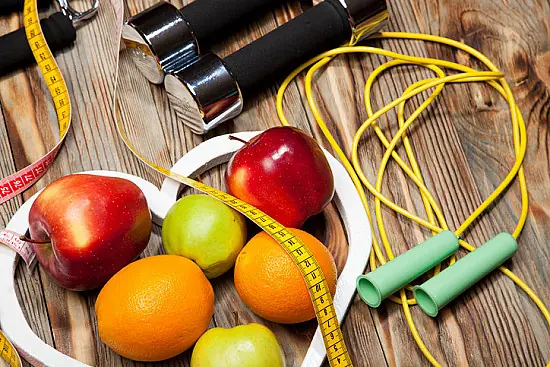
Simple, Natural Ways to Lower Cholesterol (and Why You Might Want To)
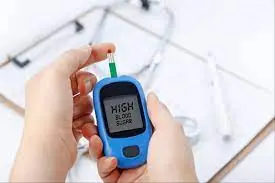
13 Subtle Warning Signs of High Blood Sugar and 9 Powerful Ways to Take Control of Your Health
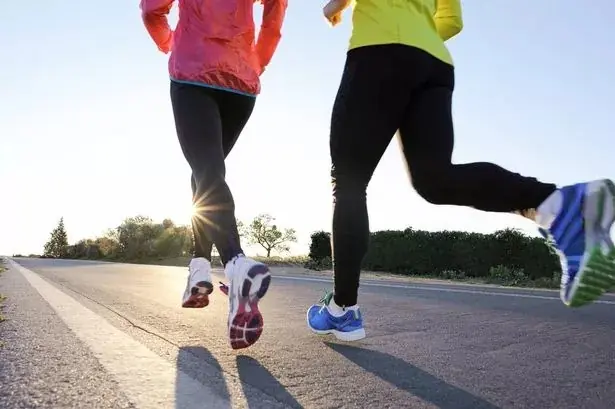
Exercise Is ‘Better Than Drugs’ In Stopping Cancer From Returning After Treatment, Study Finds
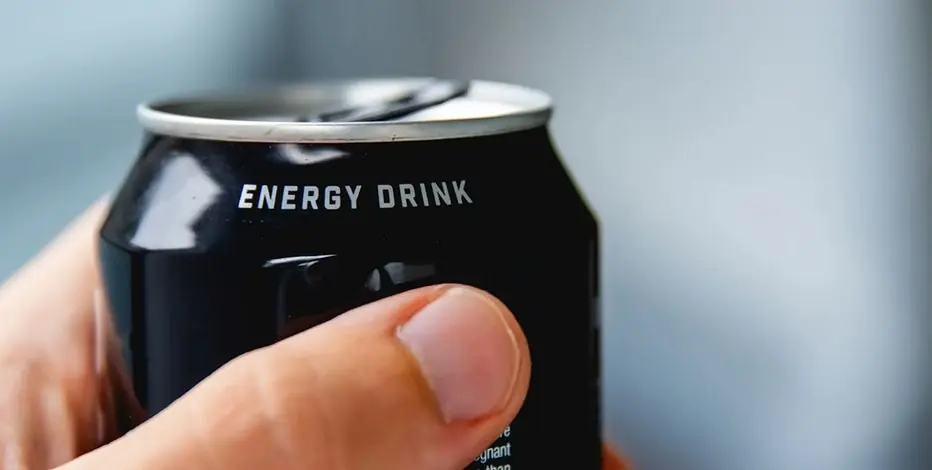
Energy Drinks May Cause Blood Cancer: New Research
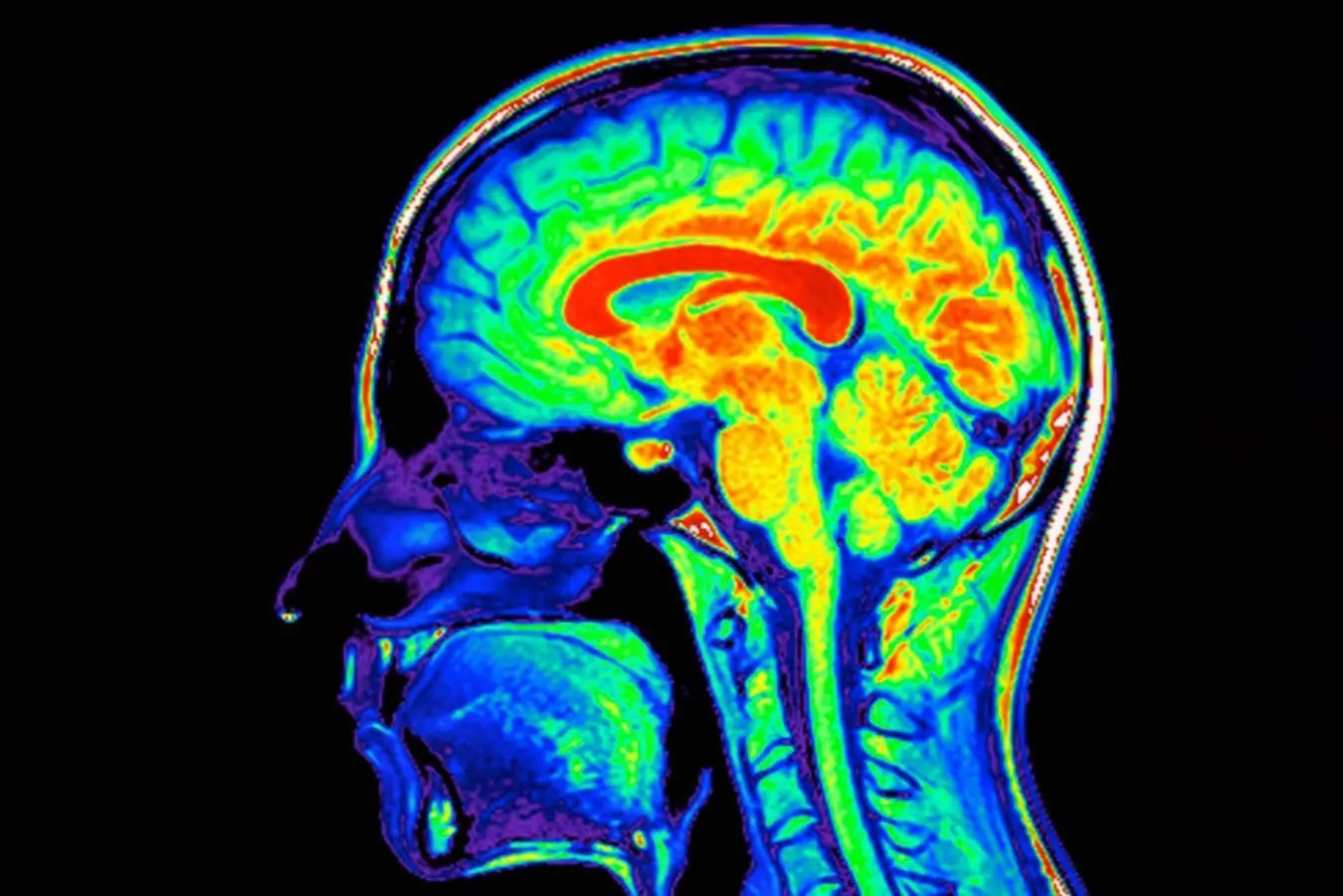
Massaging The Neck And Face May Be Helping Flush Waste Out of the Brain

10 Things That Men May Find Unattractive About Women Over 50

How Long You Should Be Able to Stand on One Leg, According to Your Age

15 Early Warning Signs and Symptoms of Dementia You Shouldn’t Ignore
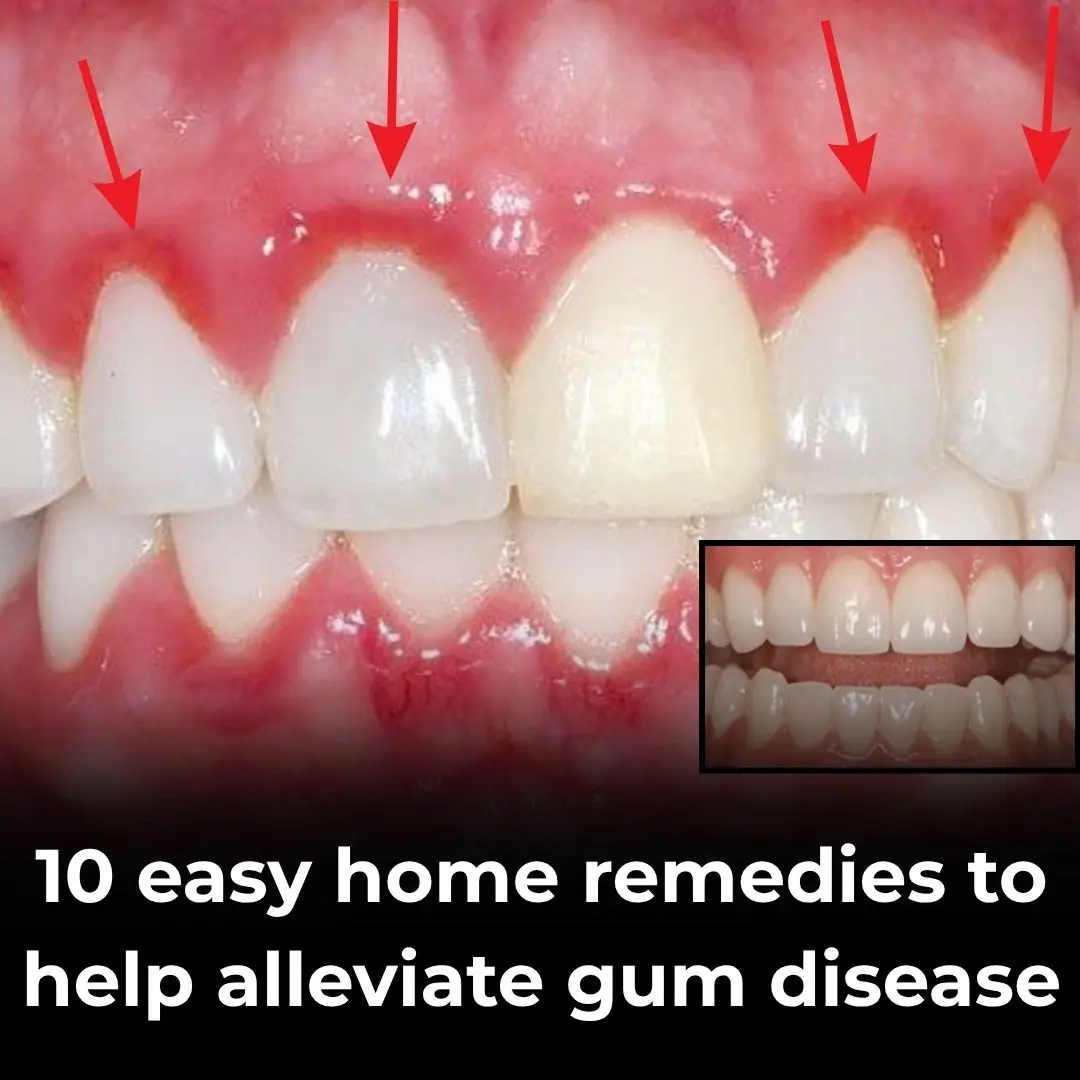
10 Natural Ways to Calm Gum Irritation at Home
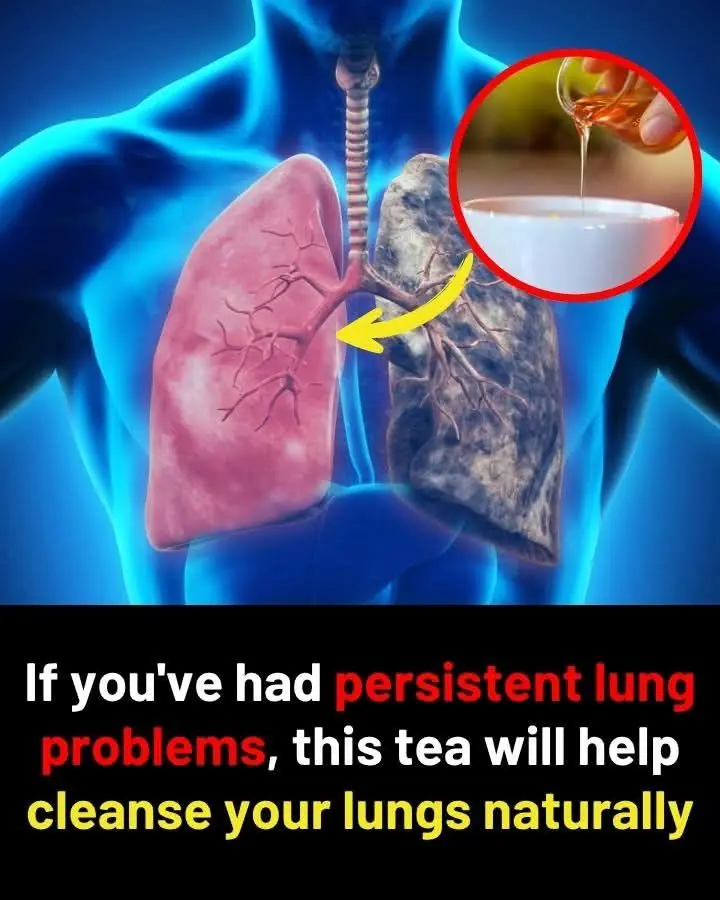
Lung Cleansing with a Powerful Natural Garlic Juice
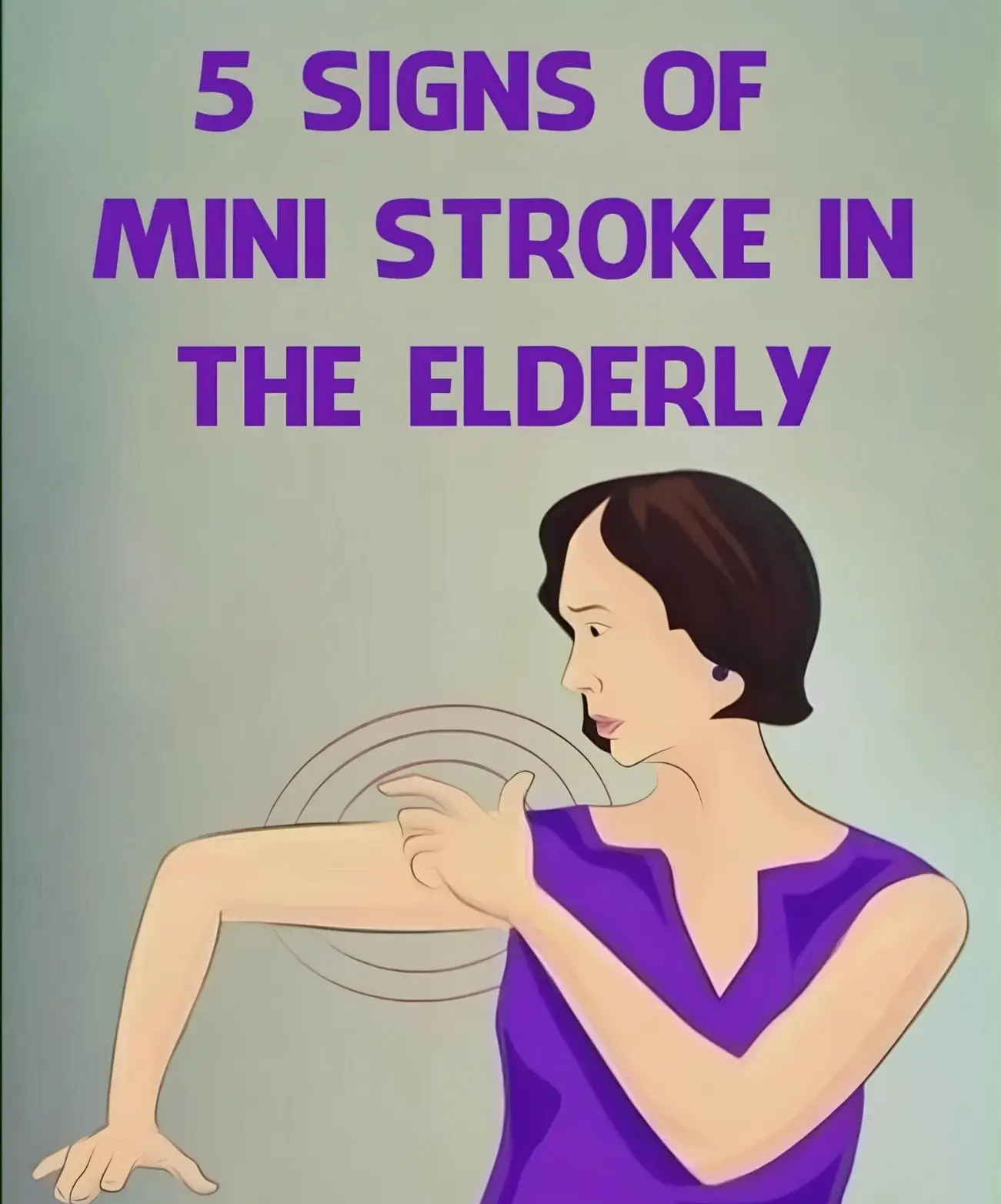
7 Signs of Mini Stroke in The Elderly

This Kid has Eaten Almost No Refined Sugar Her Whole Life. This is What She Looks Like Today

Doctor Warns: Sleeping With A Fan On May Trigger Allergies And Respiratory Issues
News Post

Increased Screen Exposure In Kids Linked to Anxiety, Aggression, and Self-Esteem Issues, Study Says

Researcher Studies Over 200 Kids—Here’s What the Most Emotionally Intelligent Ones Had in Common

Scientists Bioengineer Tooth That ‘Grows’ in Place Like a Natural One And Feels Real

Why There’s a Growing Trend of Straight Men Dating Trans Women

9-year-old dies after dental procedure

Air India pilot’s terrifying last words have been made public

Why You Should Avoid Seat 11A on Your Next Flight – Here’s What You Didn’t Know

Man Releases Chilling Never Seen Before Footage of Twin Tower Collapse

Masterful Painting Of Jesus By 8-Year-Old—Says She Saw The True Face Of Jesus

The Powerful Trio of Lemon, Apple, and Ginger: A Simple Blend That May Support Skin, Hair, and Vision

Drink Cloves and Cinnamon Before Bed? The Results May Surprise You

Hair Thinning? Try This Unique Combo to Support Hair Growth Naturally

The Ultimate Drink for Women’s Wellness: Watermelon Juice with Carrot, Beetroot, and Ginger
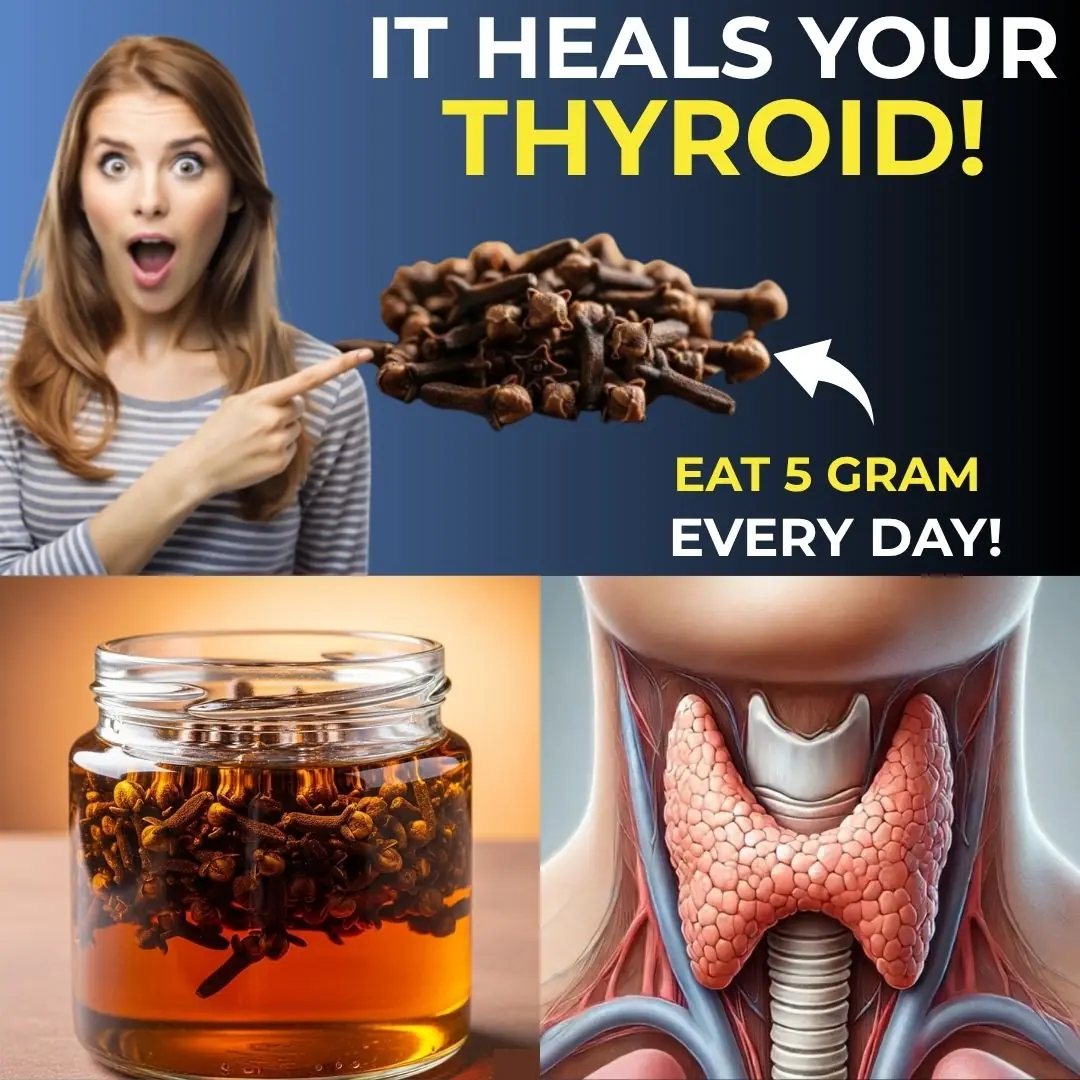
THIS HEALS YOUR THYROID IN JUST 3 DAYS! | Barbara O'Neill’s Clove Soak Formula
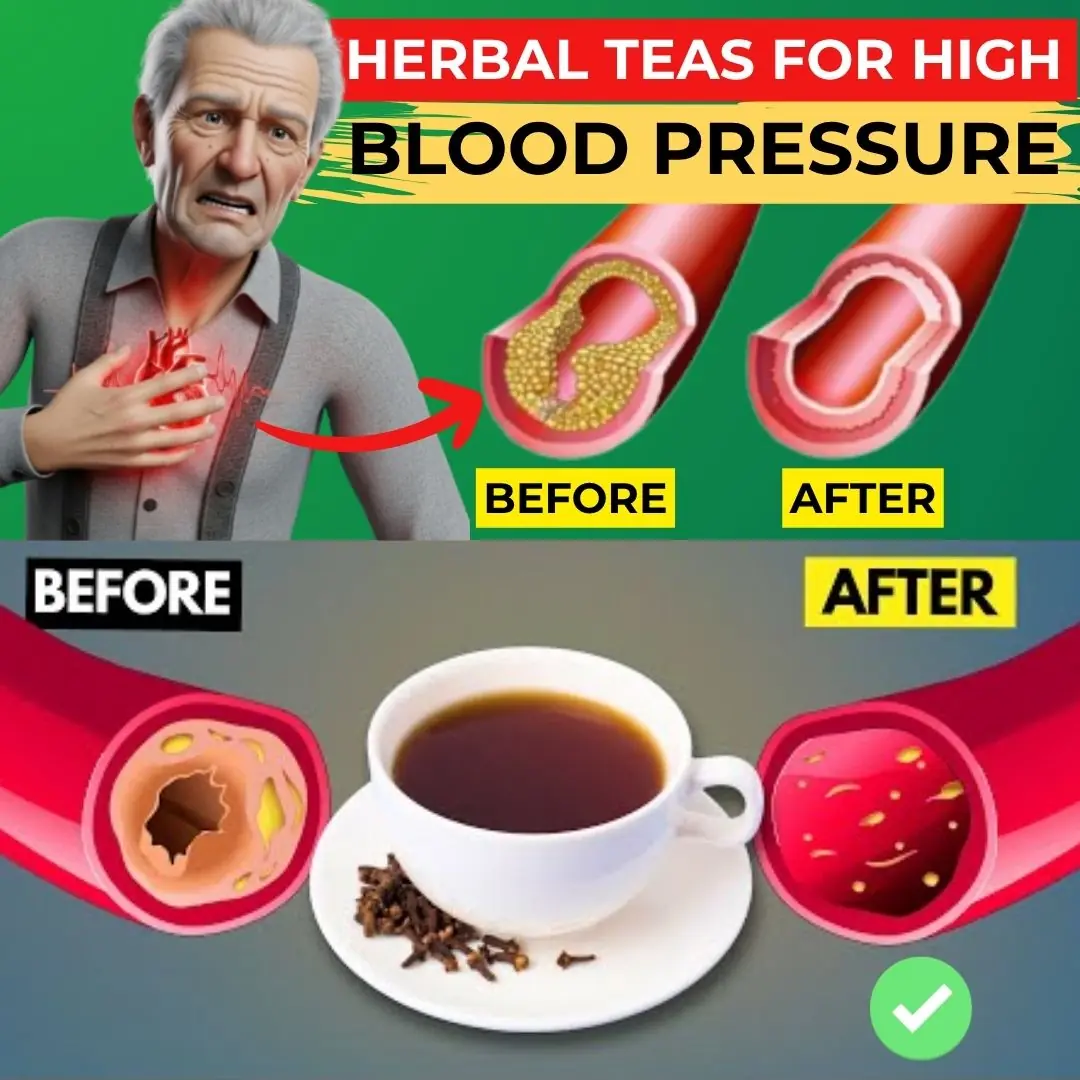
8 Herbal Teas That Lower Blood Pressure and Unclog Arteries (Doctors Never Say This!)

15 Powerful Foods to Relieve Acid Reflux Fast – The Ultimate Anti-Acidity Diet Guide

Health Benefits of Cayenne Pepper: 20 Surprising Wellness Secrets

DIY Brow Boosting Serum: Your 5-Minute Secret to Fuller, Bolder Brows
